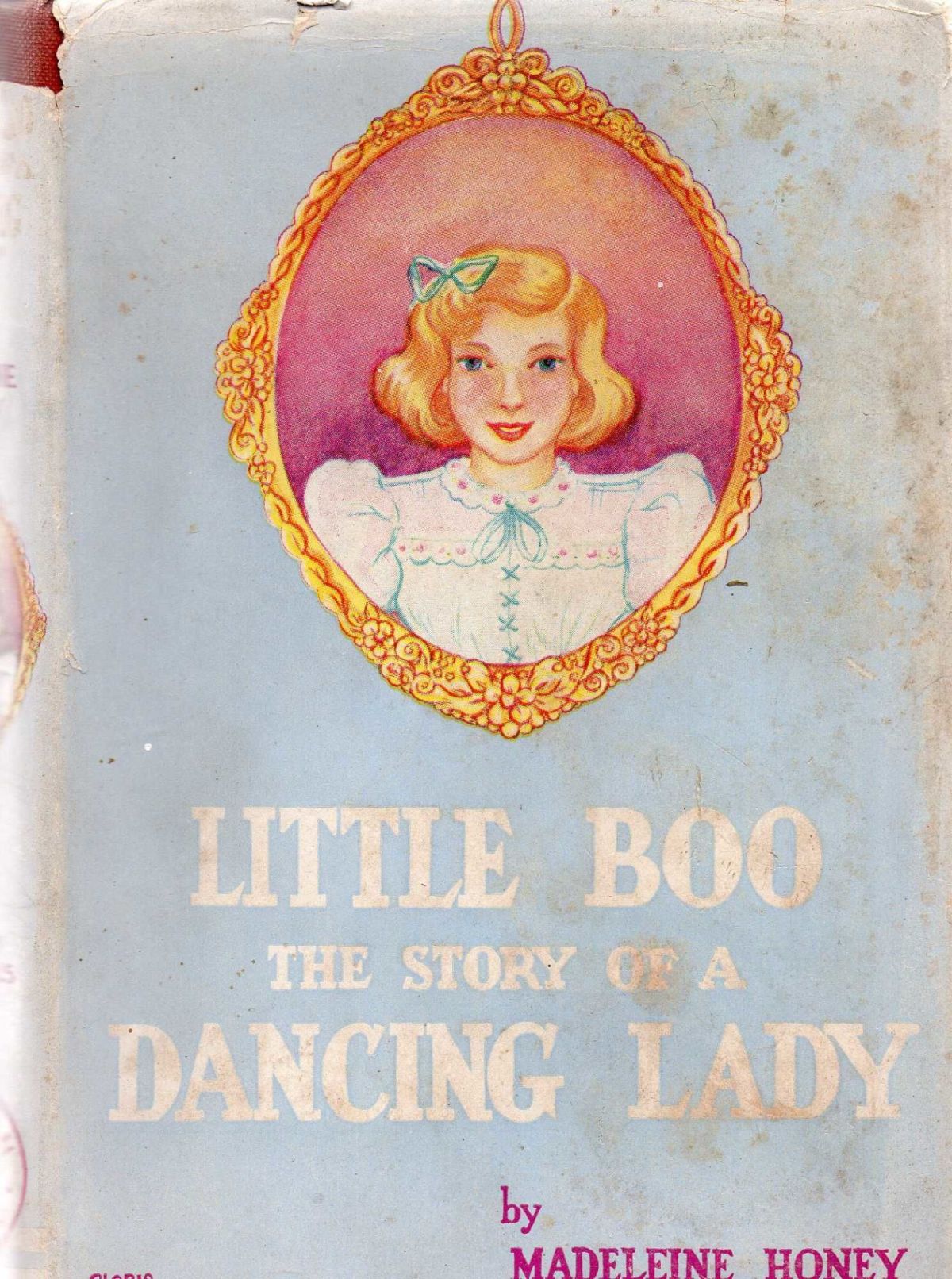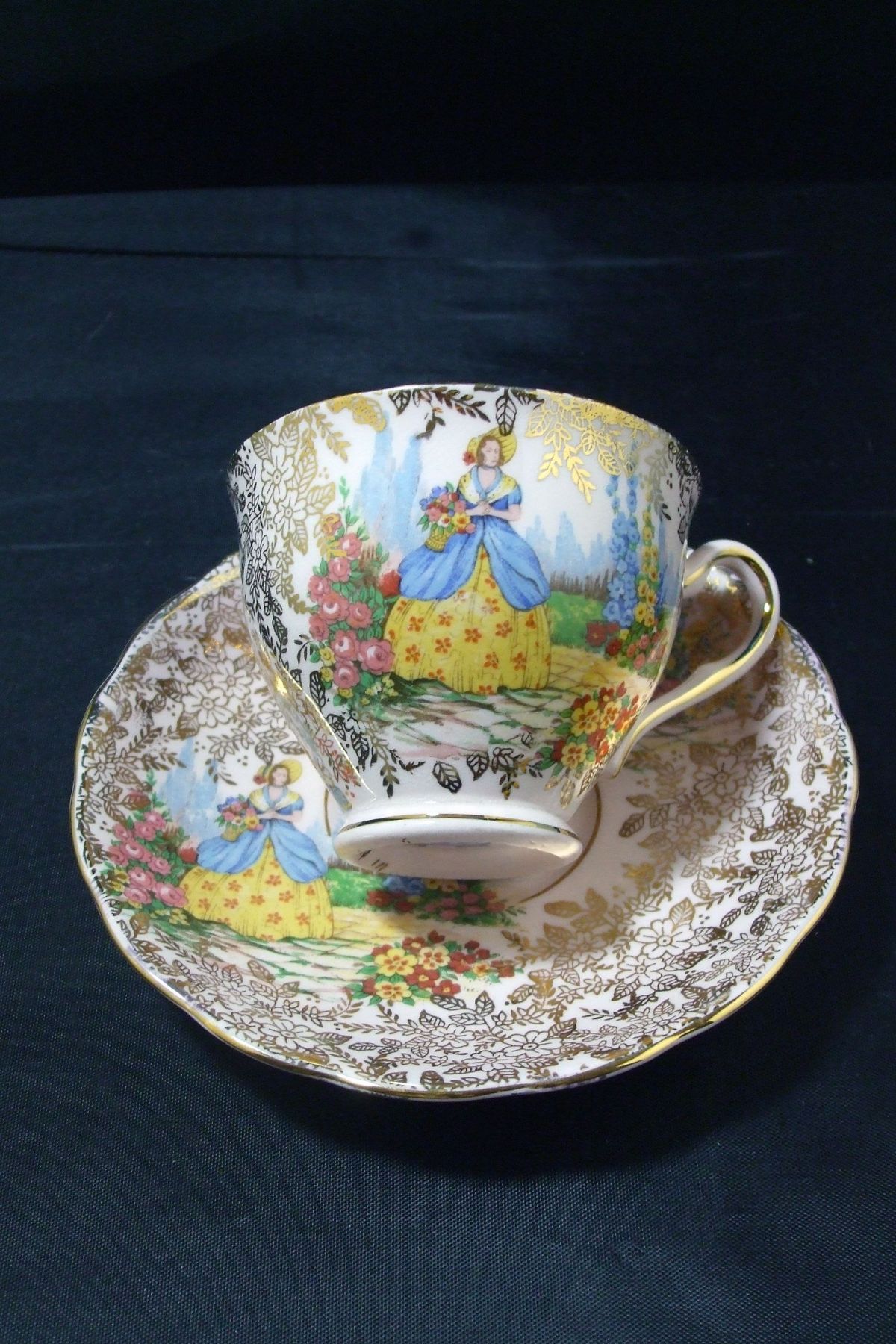Welcome back to Tea With Ethel Turner. I apologise if you feel I’m taking the slow road to China here. I’m expecting things to speed up soon. However, I’m trying to sort out the biographical details of Ethel Turner’s early life. Given there’s the death of her father, her mother’s re-marriage, the addition of a half-sister, death of the step-father, emigration to Australia, her mother’s third marriage, the birth of a half-brother…it can get a bit messy and detail is required. After all, it’s hard to paint an authentic portrait when you gloss over all the details. They can also red pen existing biographies of Ethel Turner.
It is well-known that Ethel Turner’s older sister Lillian was her literary partner in crime, and also published books although less successfully than her younger sister. It is also well-known that Ethel Turner’s much-loved daughter, Jean, was also published and showing literary promise when she tragically died of tuberculosis when she was thirty. Lillian’s son also had literary flair. However, what I haven’t seen mentioned elsewhere is that Ethel Turner’s step-niece, Madeleine Board, was a moderately successful author, who also had a steady stream of contributions published over the years. So, this raises the question of whether there was more than just a genetic writer’s gene at play in the Turner clan.

Lucy “Madeleine” Board was born in 1886 to parents Lucy Turner and Thomas Board, an accountant. She had an older brother, Thomas (1885) and a younger sister, Gladys (1891). As I mentioned in my previous post, Lucy Turner was Ethel’s step-sister who accompanied the family out to Australia. So, she has no genetic relationship to Ethel Turner and older sister Lillian, although she is a half-sister to Jeanie Rose, the youngest of the “three little maids”.
It appears that Madeleine’s literary efforts were first recognised in 1901 when she was awarded a Highly Commended in a writing competition in the Sun newspaper. She was 15 at the time and attending Paddington Superior Public School (which Ethel Turner had also attended by the way) 1. On the 20th September, 1903 Madeleine won First Prize, Senior Division, Political Essay Competition ; subject, Sir Edmund Barton in the Sunday Times 2. On Sunday 13th November, 1904 she had a small essay published in the Sunday Times about the nature of conceit 3. She also had a number of good short stories published, including: “An Artist’s Picture” which won 1st prize in a Sunday Times story writing competition in 1905 4. In 1906, she was awarded a Gold Medal for her essay: “The Greatest Need of New South Wales”, which she saw as increased population, but along restricted lines 5. In 1924, Madeleine married William Henry Honey. In 1926, she had a children’s book: Little Boo accepted by Ward, Lock and Co., who published Seven Little Australians. It’s hard to be sure of all her titles, and she wrote as both Madeleine Board and Madeleine Honey. However, I’ve also found: Secrets of River Valley and Diana.
Madeleine Honey died in 1942. She didn’t seem to warrant an obituary in the Sydney Morning Herald. Just these few lines from her husband in the hatches, matches and despatches:
HONEY.-April 19, 1942, at a private hospital, Lucy Madeleine, the beloved wife of W. H. Honey, of Edgecliff 6.
I hope my efforts compensate for that in a way. Moreover, I’m sure she would’ve been chuffed if she’d been alive to see this advertisement for “Books of the Week” listing her Secrets of River Valley one down from a Biggle’s book, even if it was for a bookshop out in Broken Hill.

However, before I head off, in the wider interests of Australian literature, I should mention that Madeleine’s husband, William Henry Honey, was also a successful published writer. Of particular interest, he wrote and illustrated Yoonecarra, which was published by Beacon Press. As I haven’t read it, I’ll defer to a review published in the Sydney Morning Herald on Saturday 22 February 1936:
“Hiawatha” has provided Mr. W. H. Honey with the verse-form, and more than one suggestion , for his narrative-descriptive poem. “Yoonecarra.” He may, in fact, be regarded as one of the most successful of Longfellow’s imitators. This poem tells the story of Yoonecarra chief of the ancient Kamilaroi tribe, who dwelt:
In a valley of luxuriance,
Wheie the lazy Gwydir wandered.
Slowly flowing to the sea-coast;
Where the maidenhair and tree-fern
Graced the river side with beauty . . .
In dreams he heard a ghostly challenge to leave his people and journey to the home of his ancestor and preserver, “Great Balame, king of heaven.” When almost In despair he reached this far country, and was welcomed, but had to return once more to see his tribe, before being translated to the other sphere altogether. His solitary adventuring offers Mr. Honey great opportunities for describing native customs, opportunities of which he fully and effectively takes advantage. There are, naturally, allegorical and didactic suggestions in the narrative, but they are not obtruded. With all this fresh material, however, the phrasing is conventional and rather commonplace. That defect contrasts strongly with the heroic atmosphere, too. The drawings, apparently, by the author, are skilfully done, while the whole publication, in an elaborate form with tinted paper, large type, and many incidental designs, is the product of a private local press, the Beacon. Everything has been done to ensure that the poem shall be read easily and pleasantly. (W. H. Honey, “Yoonpcarra,” Beacon Press.) 7.

So, it appears William Honey could warrant his own post. However, you might need to call on his ghost. After all, I am supposed to be having tea with Ethel Turner. That’s where I started out. Now, after three months of hard lockdown, I’m happy to have tea with anyone from a distance. I’m usually left having cups of tea with the dog. He’s usually glued to my lap with the keyboard teetering precariously across his back.
For your interest, I’m going to post a couple of Madeleine Board’s short stories, and then I’ll return to Ethel Turner and her family’s arrival in Australia. I really enjoyed these stories, and felt they ought to be shared- even if it meant me deviating off course yet again!
Thank you for joining me. It’s time for me to reboil the kettle.
Best wishes,
Rowena Curtin
Sources
- Sunday Times (Sydney, NSW : 1895 – 1930), Sunday 27 October 1901, page 11
2. Sunday Times (Sydney, NSW : 1895 – 1930), Sunday 20 September 1903, p 9.
3. Sunday Times (Sydney, NSW : 1895 – 1930), Sunday 13 November 1904, p 7.
4. Sunday Times (Sydney, NSW : 1895 – 1930), Sunday 30 July 1905, page 7
5. Sunday Times (Sydney, NSW : 1895 – 1930), Sunday 27 May 1906, page 7
6. Sydney Morning Herald (NSW : 1842 – 1954), Monday 20 April 1942, page 10
7. Sydney Morning Herald (NSW : 1842 – 1954), Saturday 22 February 1936, page 12





